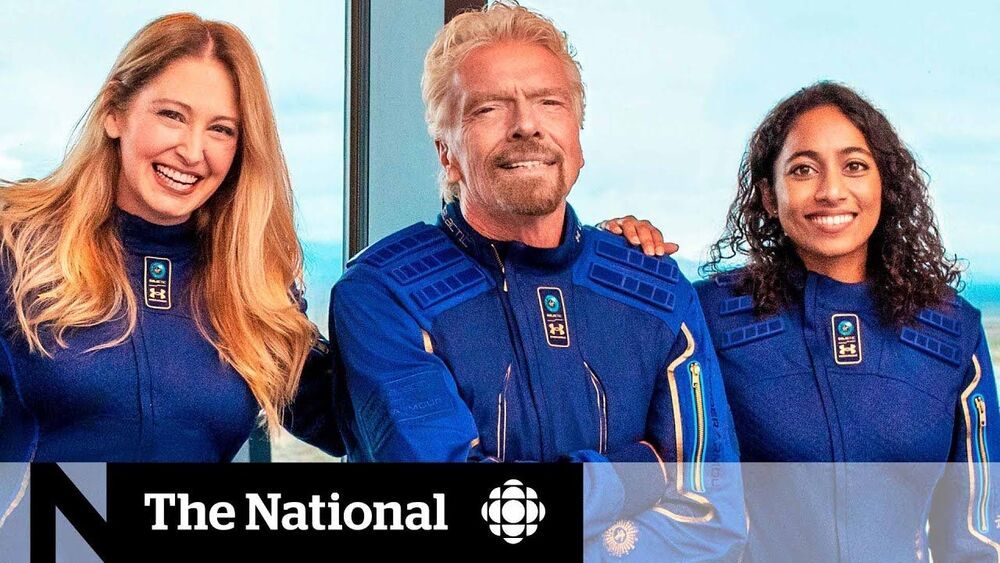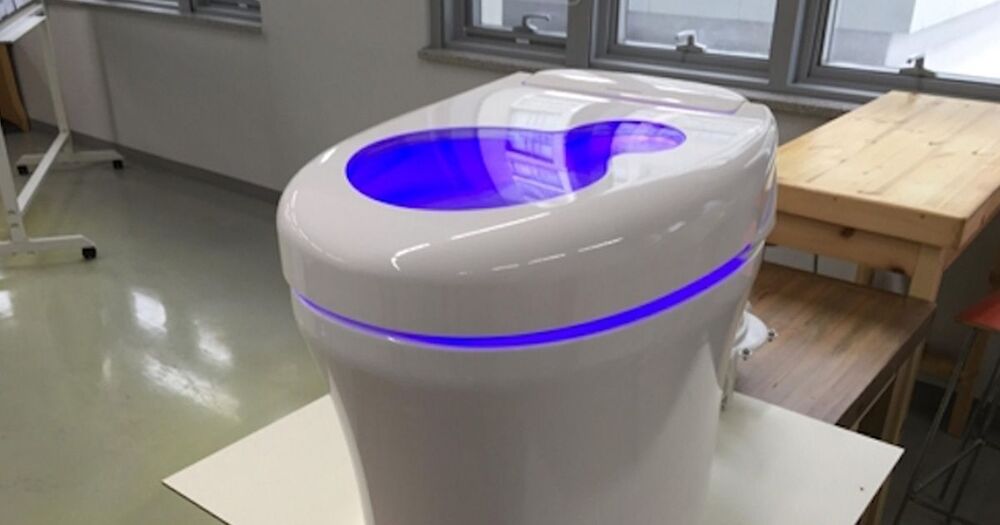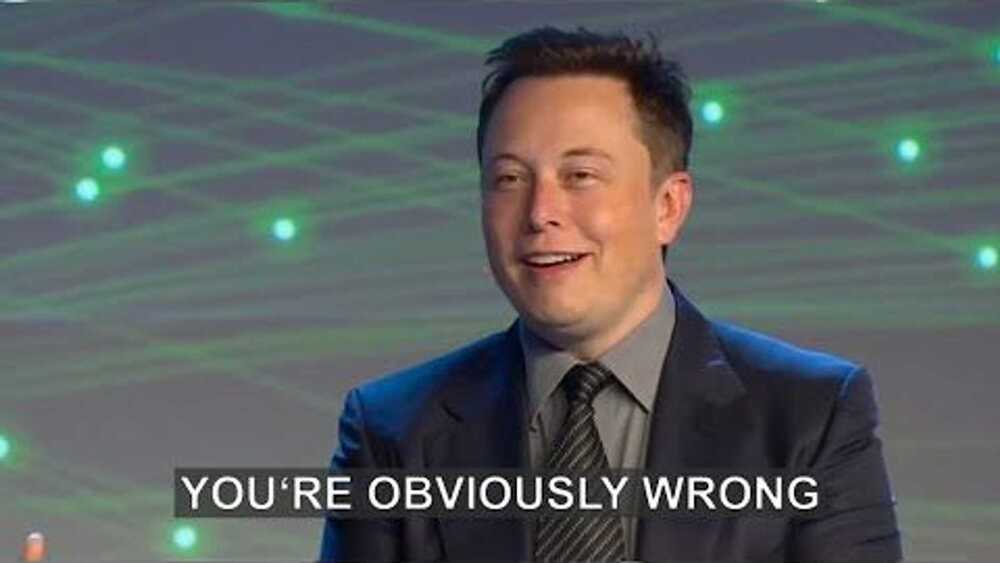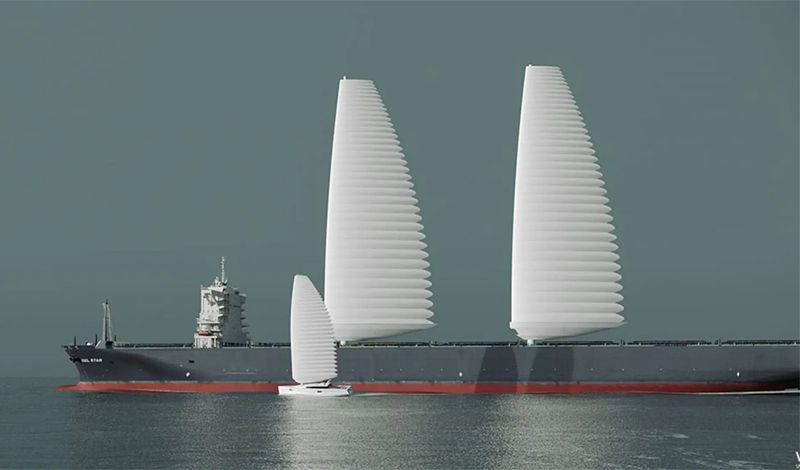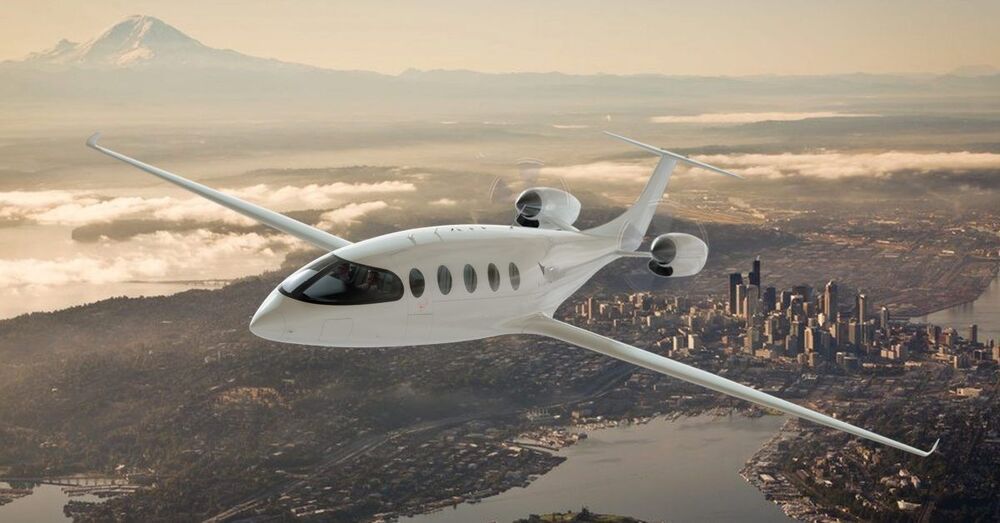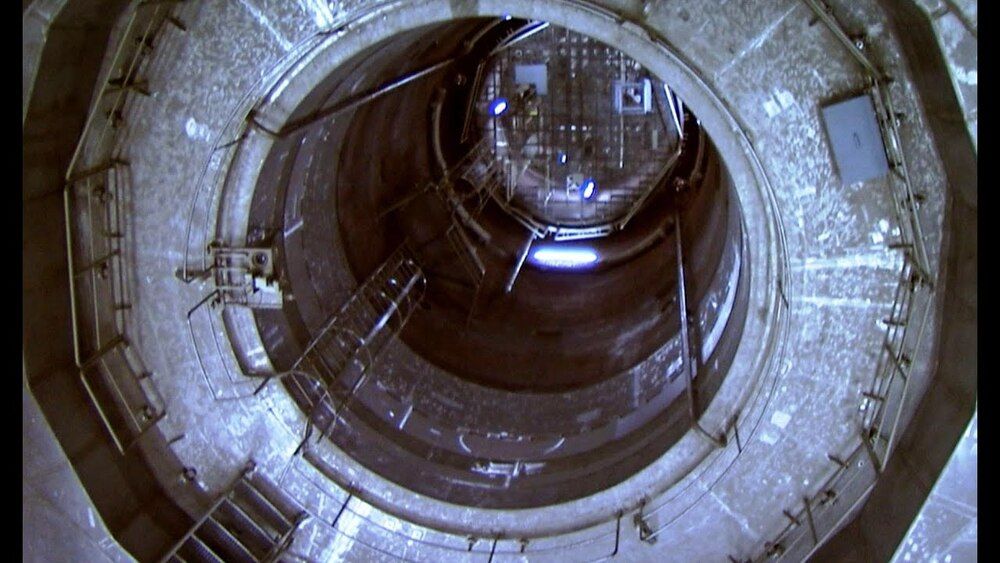Among the three billionaires throwing money behind their own rockets in a race to space, Richard Branson may be the first to take flight after his company Virgin Galactic received approval from the U.S. aviation safety regulator to fly people to space.
Watch The National live on YouTube Sunday-Friday at 9 p.m. ET
Connect with The National online:
Facebook | https://www.facebook.com/thenational.
Twitter | https://twitter.com/CBCTheNational.
Instagram | https://www.instagram.com/cbcthenational.
More from CBC News | https://www.cbc.ca/news.
The National is CBC’s flagship nightly news program, featuring the day’s top stories with in-depth and original journalism, with hosts Adrienne Arsenault and Andrew Chang in Toronto, Ian Hanomansing in Vancouver and the CBC’s chief political correspondent, Rosemary Barton in Ottawa.
